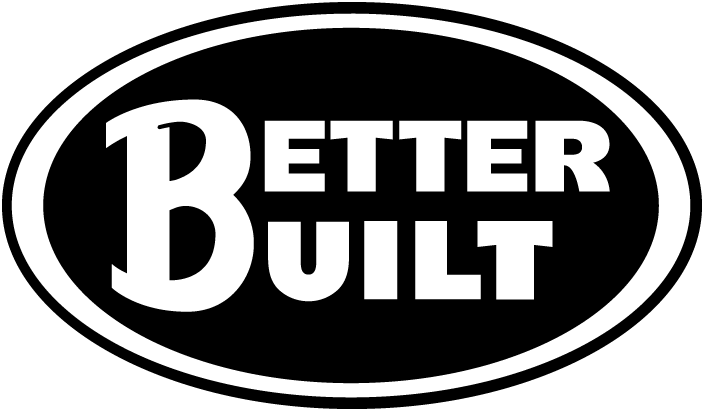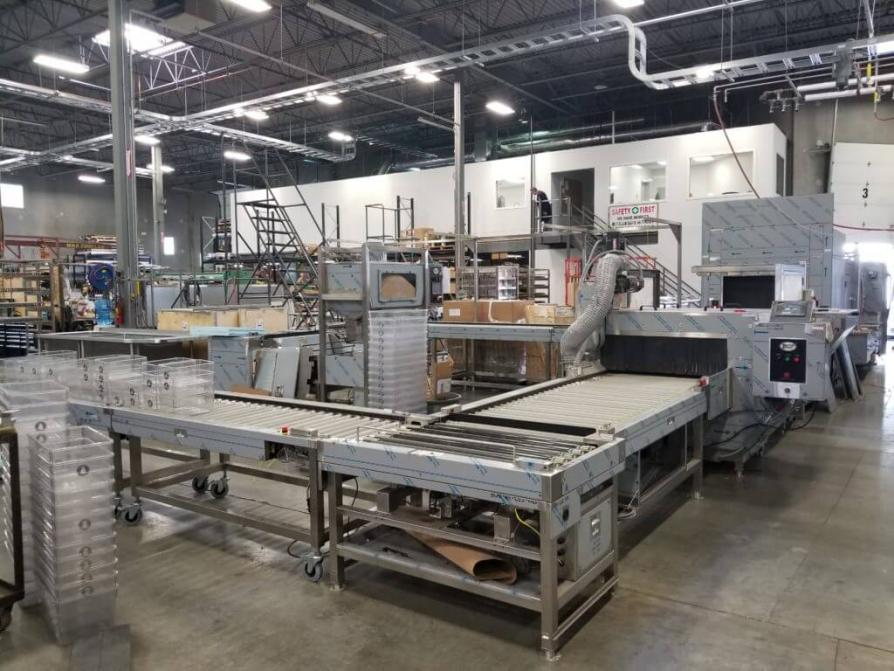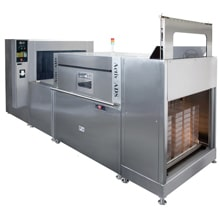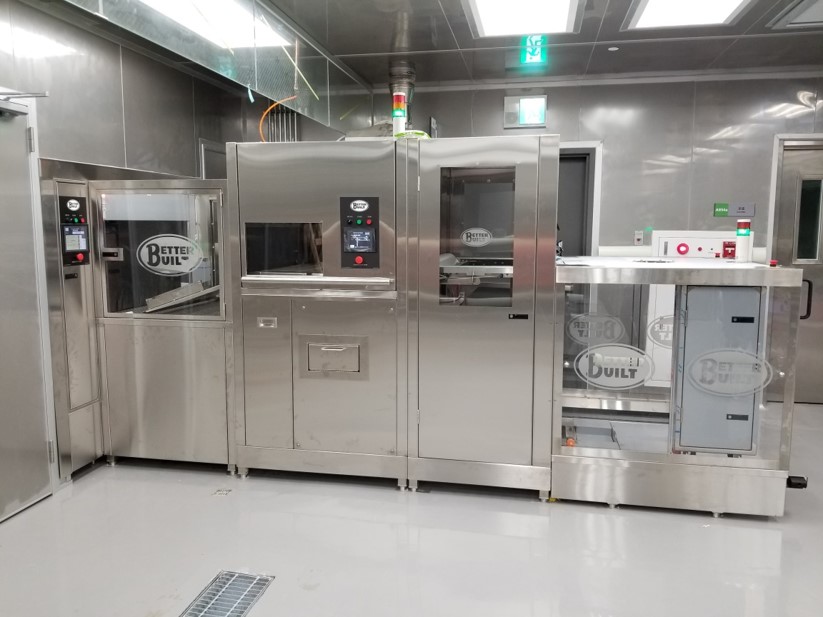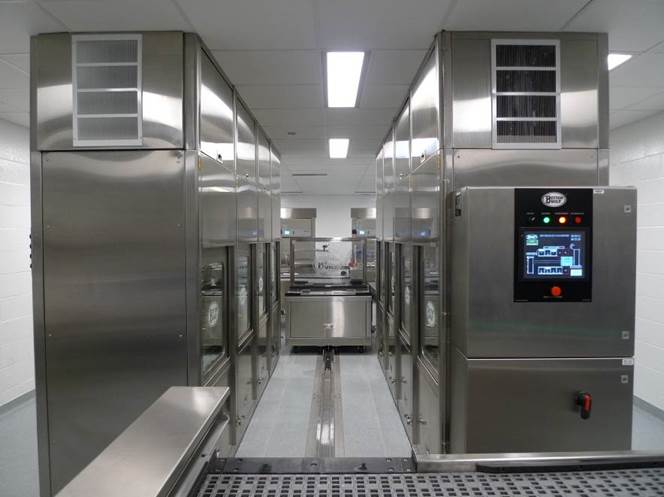Apart from lowering cost, perhaps the primary objective for any life science laboratory is to increase both efficiency and sanitation standards. However, improving both areas simultaneously is incredibly challenging and typically one factor may be sacrificed. However, thanks to modern laboratory solutions, both sanitation and efficiency can be improved at the same time.
By increasing functional efficiency, overall operational costs can be lowered significantly. Laboratories that improved efficiency through energy-saving equipment were able to cut their energy use costs by up to 10%. Further, by increasing sanitization, labs can also reduce the cost of contamination and waste due to sanitation issues.
Perhaps one of the best ways to support a more efficient life science laboratory while maintaining sanitation standards is by adopting automated systems and solutions. Many of the most time-consuming tasks can be fully automated through laboratory solutions. This not only supports a more efficient workflow but also allows techs to spend time on more valuable tasks.
Here are four of the key laboratory solutions that are proven to increase operational efficiency and sanitation at the same time:
1. Automated Conveyor System
Transporting lab equipment and samples throughout the lab manually can, unfortunately, lead to both efficiency and sanitation issues. Moving fragile or volatile products by hand can damage or break glassware or even contaminate materials.
One solution here is an automated conveyor system such as this one from ActivACS which helps automatically sort and transport cages and glassware baskets after washing from a tunnel washer. These solutions can be customized based on the application, size requirements, and layout of the facility. This may even be built with diverter stations and offload rollers to separate materials as needed.
All systems are easily controlled through a touchscreen. Plus, the conveyor belt can be integrated with other systems, such as washers, dispensers, and dump stations.
2. Automated Dump Stations
Maintaining vivarium cages is crucial for animal research facilities, as poor sanitary standards have numerous negative consequences. Part of this process includes dumping and scraping out soiled cage bedding materials from cage bottoms. This process is often done by hand, which is not only unsanitary but also potentially dangerous, exposing workers to harmful allergens.
The ActivADS dump station helps to support a more efficient and cleaner process by collecting soiled animal cages and removing bedding within an enclosed environment. Small particles and dust from the cages escape into the air as the bedding is being dumped, so switching to an enclosed automated solution with a negative draw blower system is ideal to support a cleaner cage wash facility.
3. Integrated Animal Cage Washing System
After the soiled bedding is dumped, animal cages need to be thoroughly cleaned and sanitized before they are refilled with clean bedding materials.
An animal cage washing system like the ActivIAS can be a part of an entirely automated solution for animal lab research. This creates an assembly line that collects the emptied cages and starts the cleaning process. These systems are also capable of sanitizing equipment set-ups such as bottle baskets, wire lids, and cage filter tops.
Using both a bedding dump station and animal cage cleaning system together supports a more efficient process. Vivarium research cages can be quickly cleaned and disinfected so they may be reused, so facilities can reduce the amount of inventory required.
4. Specialized Glassware Washers and Dryers
Approximately 20% of every life science laboratory’s budget is allocated toward equipment replacements, including glassware. Constantly replacing glassware due to scratches or chips can easily add up. Often, broken lab glassware is accidental and often occurs during washing or loading and unloading.
Using specialized glassware washers and dryers can help to protect this fragile equipment in several ways. First, these laboratory solutions can be designed specifically for the needed equipment parts. This ensures that items like beakers, test tubes, and flasks are not jostled around during the cleaning process.
Second, using glassware washers and dryers provides total control over sanitization standards and requirements. The washers can be programmed for thermal and chemical disinfection settings.
These glassware washer and dryer solutions are also quite energy efficient with shorter wash/dry cycles, so glassware is back into service quicker.
The Wrap Up
There is no need to sacrifice efficiency or sanitation standards within life science operations. Laboratory solutions can help to automate time-consuming processes while also maintaining even the strictest sanitary standards.
At BetterBuilt, our goal has always been to provide solutions that offer clear benefits without compromise. We have developed truly unique automated systems and solutions for life science facilities to support more efficient, safe, and clean processes.
To learn more about any of the solutions mentioned here, as well as our other systems, please reach out to us online or call us at 888-553-0855.
